A Complete Guide to Annapurna Base Camp Trek
Overview:One can find the lost sense of tranquility in the most unexpected places. Although a considerably small nation, Nepal carries the weight of t...
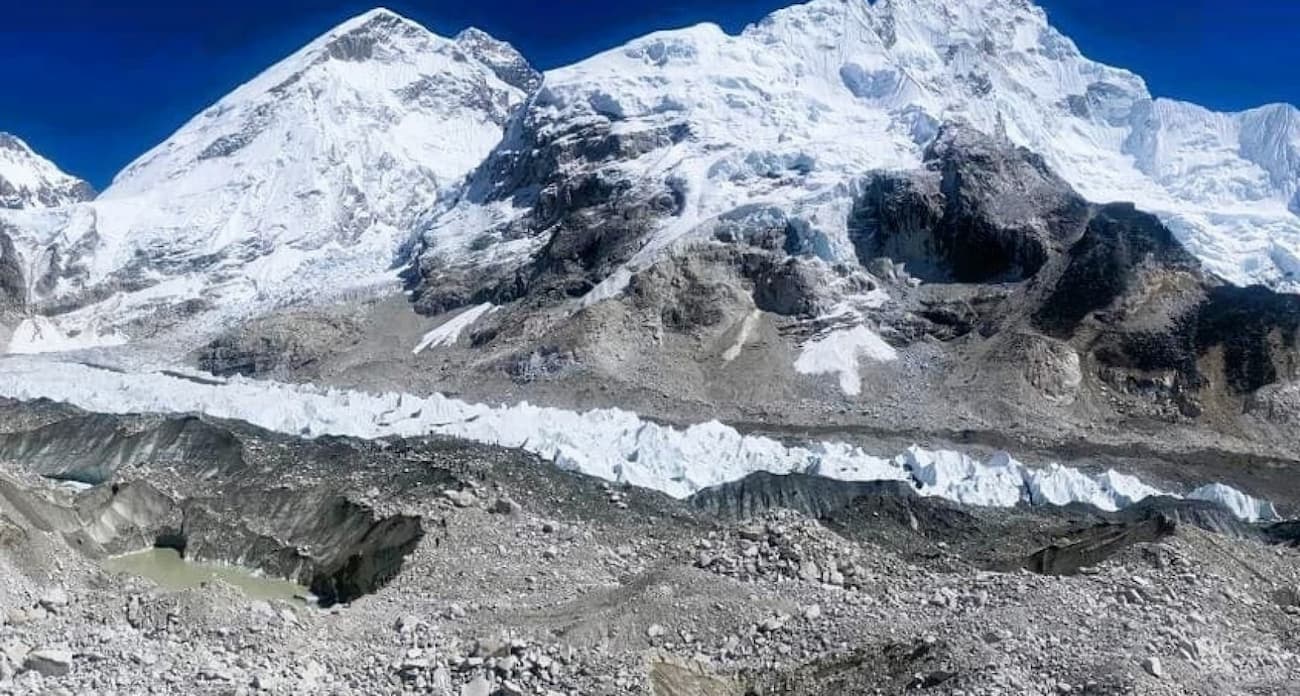
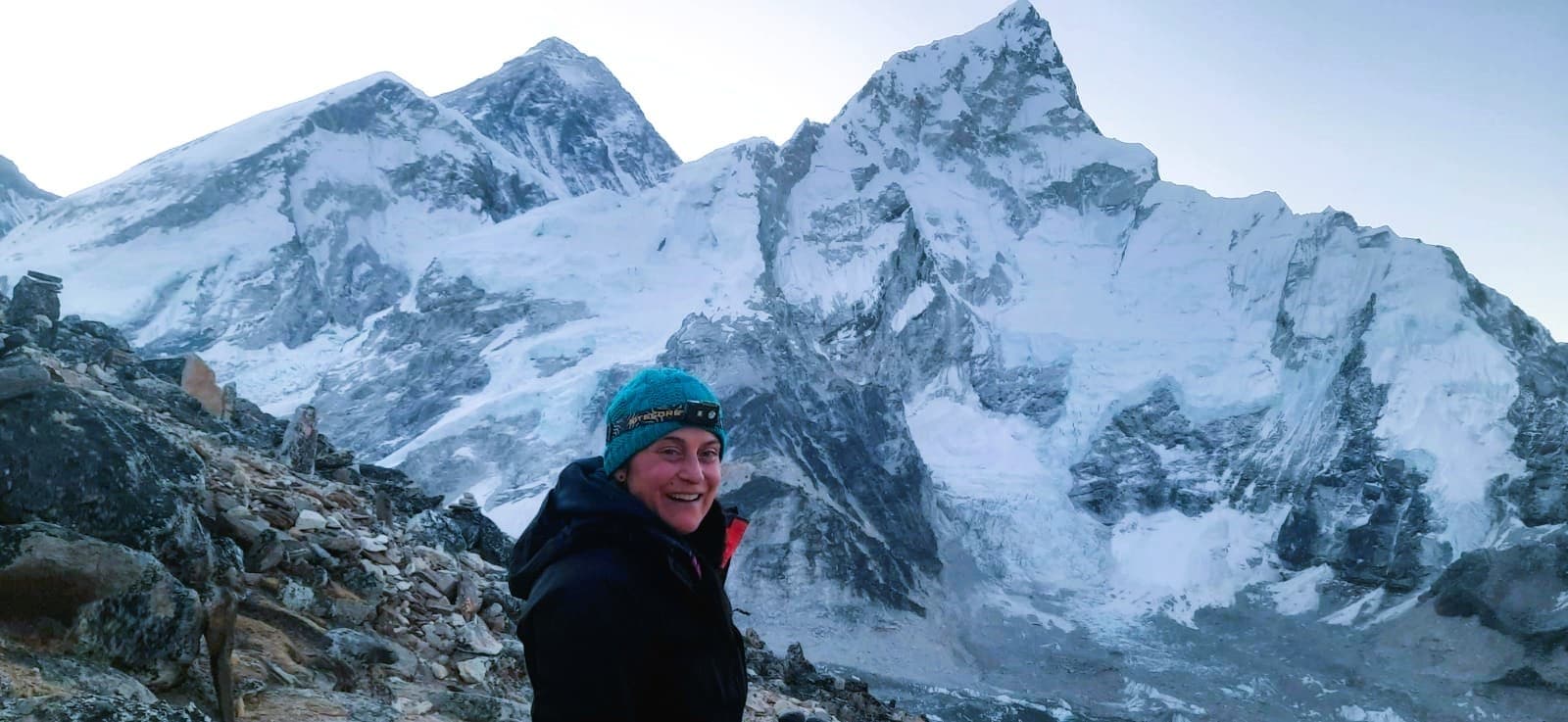
This article guides you on the best time to go Everest Base Camp trek. If you are planning to embark on the Everest Base Camp trekking adventure, it’s crucial to be well-introduced about the ideal time for your journey.
Everyone knows about Mount Everest's magnificence, the world's highest peak, soaring at an impressive height of 8,848 meters. Standing at its base, you can witness breathtaking scenes of the Himalayan mountain range, an experience so captivating that you won’t want to blink. The region offers an array of trekking packages, each offering unique experiences. Detailed information about these packages can be found in my previous article titled “Everest Base Camp Trek Cost”.
For those eager to explore the Everest region extensively, a 14-day trek offers immense satisfaction, culminating in reaching the world's top. However, timing is key. Opting for the trek during bad weather or off-season periods can dampen your experience and limit the beauty you get to explore. Therefore, it is advisable to plan your trip during the best seasons: March to May and September to November.
During these months, the Everest region is adorned with a mystical rhododendron forest, showcasing diverse flora and fauna that truly enhance the wonders of nature. As you trek, you will encounter various crops in the fields, thriving in the unique Himalayan climate. The local people are also actively engaged in their work, benefiting from the pleasant weather conditions. In contrast, during unfavorable weather, many villagers either stay indoors, unable to work, or migrate to urban or hilly areas until the weather improves.
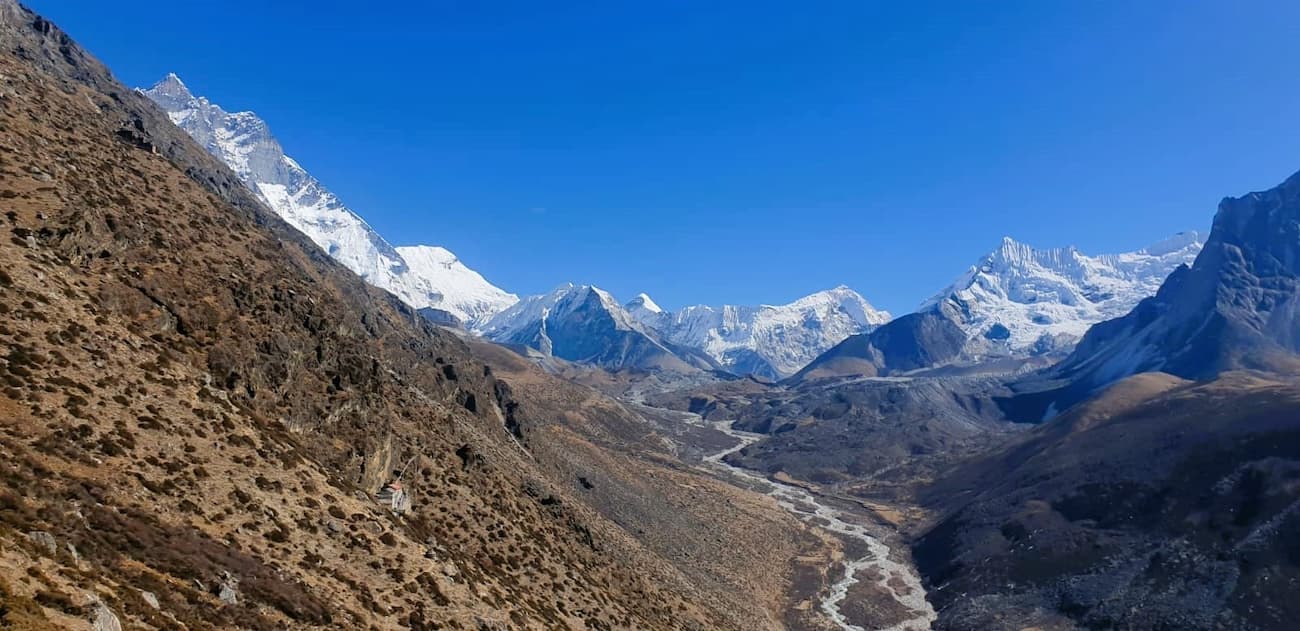
The spring season, spanning from March to May, is undoubtedly the best time for embarking on the Everest Base Camp trek. During this period, the entire region is adorned with lush greenery and a multitude of colorful flowers. The Himalayan landscape comes to life, showcasing a vibrant display of nature. Exploring the trekking trails, you’ll encounter various Himalayan plants and fruits nestled within the dense jungles. If you possess knowledge about plants, their names, and distinctive features, this is your chance to observe them up close. Interestingly, there are numerous medicinal plants in the Himalayan region of Nepal, yet often, the locals are unaware, considering them mere flora.
Your knowledgeable guide can assist you in delving into the diverse flora and fauna of the area. The trekking experience during this season is exceptionally comfortable. The skies are remarkably clear, enhancing visibility. Although occasional rainfall is possible, it’s a known fact that weather in the mountains can change rapidly, making adaptability crucial.
Springtime offers trekkers an unparalleled opportunity to witness breathtaking sceneries, including crystal-clear sunrises and sunsets. The mountains glisten as they are bathed in the golden hues of the sun, creating a spectacle worth beholding. This season ensures an enjoyable and trouble-free trekking adventure. It is the ideal time for those seeking magnificent vistas, ensuring an enriching experience.
So, plan your trip and venture forth to explore the grandeur of Everest. Join us now to create lasting memories and forge friendships. Immerse yourself in a journey that promises a lifetime of cherished experiences. Stay connected with us and be a part of our adventure-filled community.
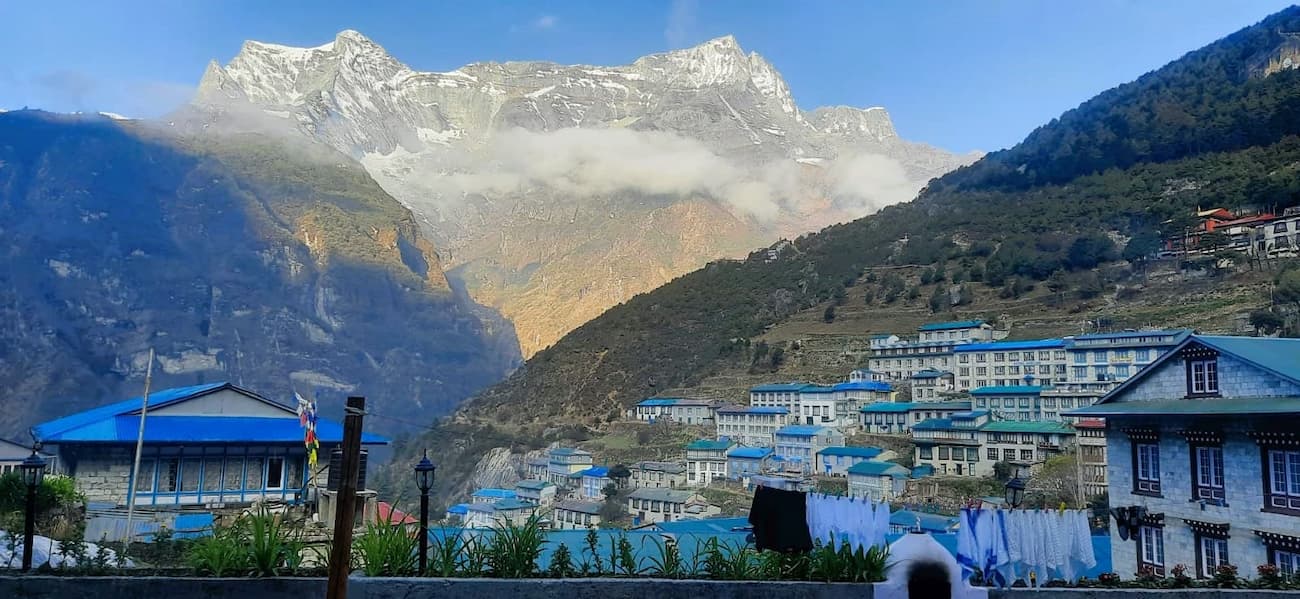
Winter, spanning from December to February, and the monsoon season, from June to August, present considerable challenges for trekkers. During winter, heavy snowfall blankets the trails, rendering them impassable. Trekkers find it arduous to navigate the snow-covered paths, and the limited visibility, coupled with harsh weather conditions, makes the journey uncomfortable and potentially hazardous.
In the monsoon months, from June to August, the trails become treacherously slippery due to heavy rainfall. Additionally, leeches abound, posing a threat to trekkers. These circumstances can turn a promising journey into a disaster. It is highly advisable to refrain from planning trips during these off-season periods. Engaging in trekking during winter and monsoon months may lead to regrettable situations, given the challenges faced along the way.
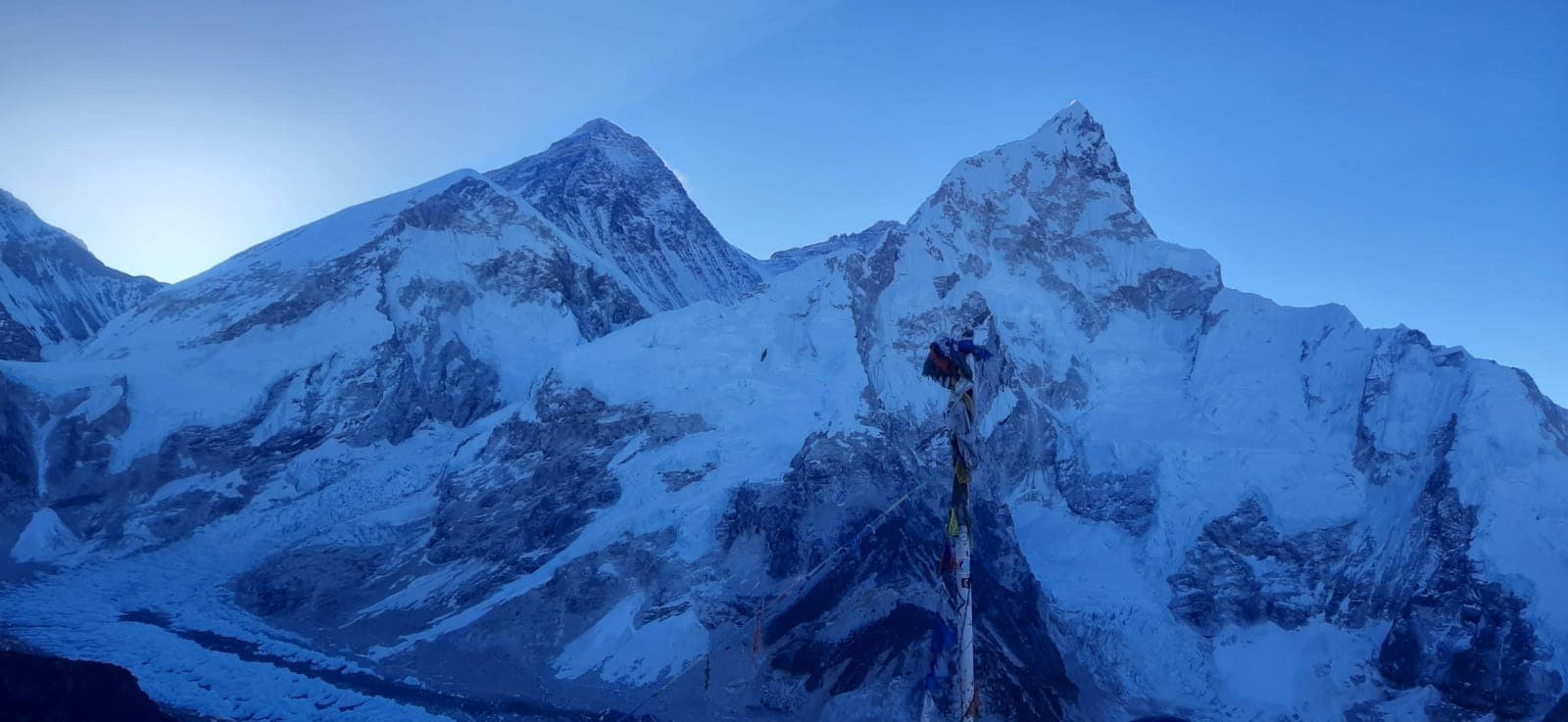
In conclusion, if you’re considering an Everest Base Camp trekking expedition, the ideal time to embark on this adventure is during the spring season from March to May. During this period, you can truly experience the unparalleled beauty of the Everest Region. The skies are clear, offering enhanced visibility, and the landscape is adorned with vibrant and colorful flowers, providing breathtaking views. The entire region is lush and green, creating a picturesque environment.
It’s crucial to avoid planning your trek during the offseason. In winter, heavy snowfall blankets the trails, making them impassable and risky for trekking. The paths are covered in snow, making walking nearly impossible. Similarly, during the monsoon months from June to August, the trails become slippery due to heavy rainfall, and trekkers have to contend with leeches and unclear weather, severely limiting visibility.
Choosing the spring season for your trek ensures a comfortable and enjoyable journey. You’ll have the opportunity to explore the diverse Himalayan flora while experiencing favorable weather conditions, making your expedition truly memorable.
Yes, September and October emerge as the optimal months for trekking to Everest Base Camp. During this period, the clear skies enhance visibility, offering breathtaking views of Everest. The trails are adorned with colorful rhododendrons and lush greenery, ensuring a memorable and comfortable journey for trekkers.
Certainly, the Everest region maintains a consistently cold climate. During the trekking seasons of spring and autumn, temperatures range from -10°C to 15°C, but they can plummet to sub-zero levels at night. Trekkers must remain vigilant and adequately equipped with suitable clothing and gear to cope with these harsh conditions.
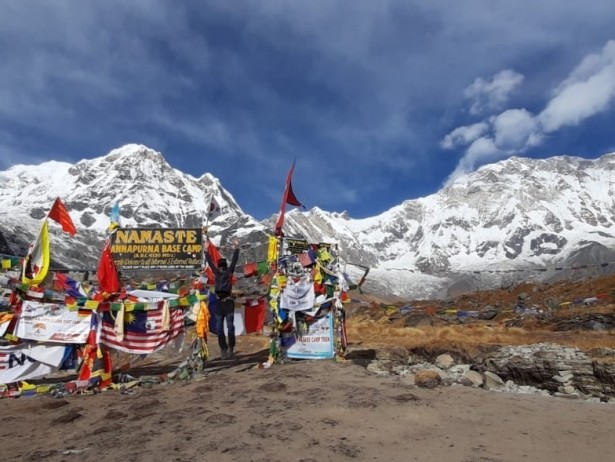
Overview:One can find the lost sense of tranquility in the most unexpected places. Although a considerably small nation, Nepal carries the weight of t...
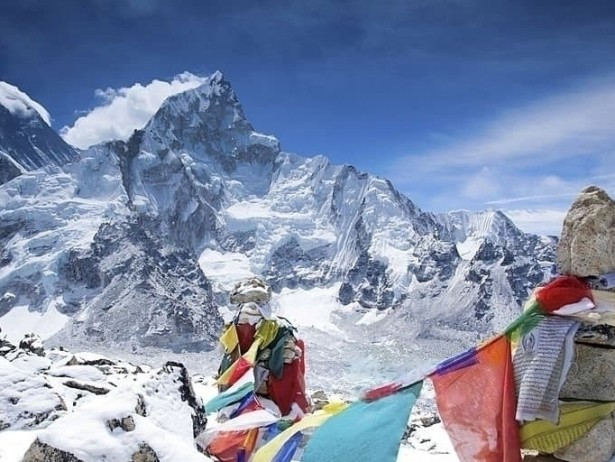
Overview of Everest Base camp trekking:Must Experience Everest Base Camp Trekking in Nepal is an incredibly special and unique adventure, unlike any o...
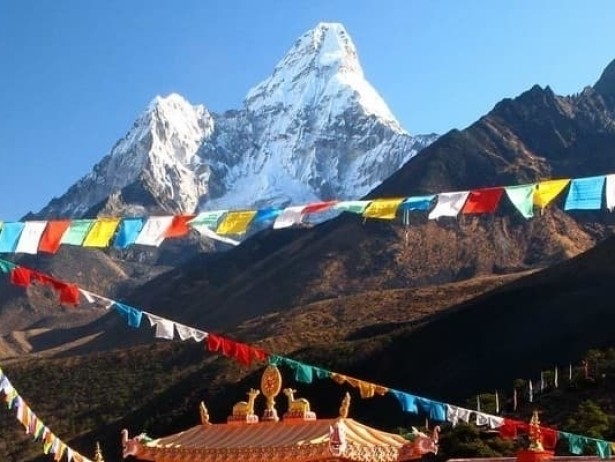
Overview:Millions of people are keen to learn about the costs associated with Everest Base Camp Trekking. If you’re genuinely interested in the c...
